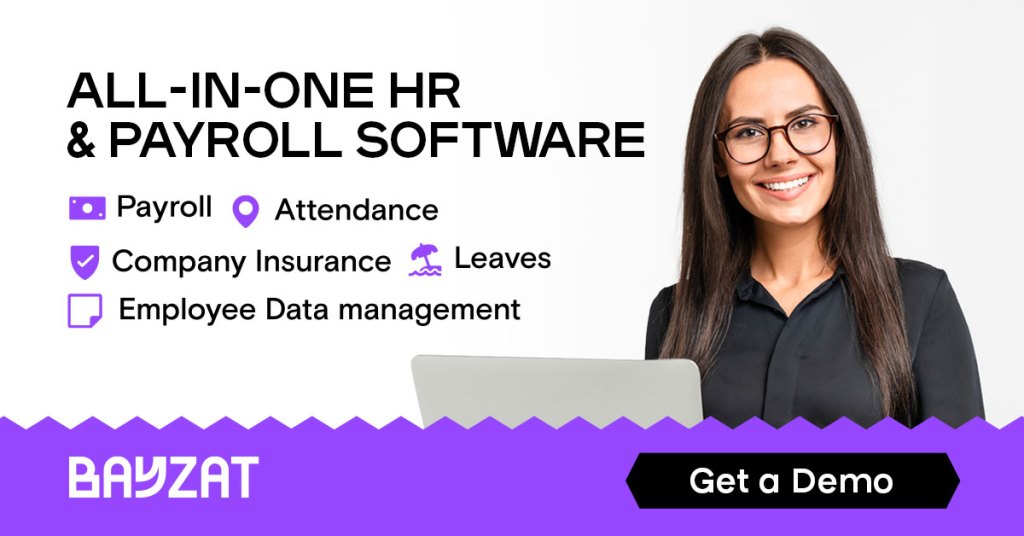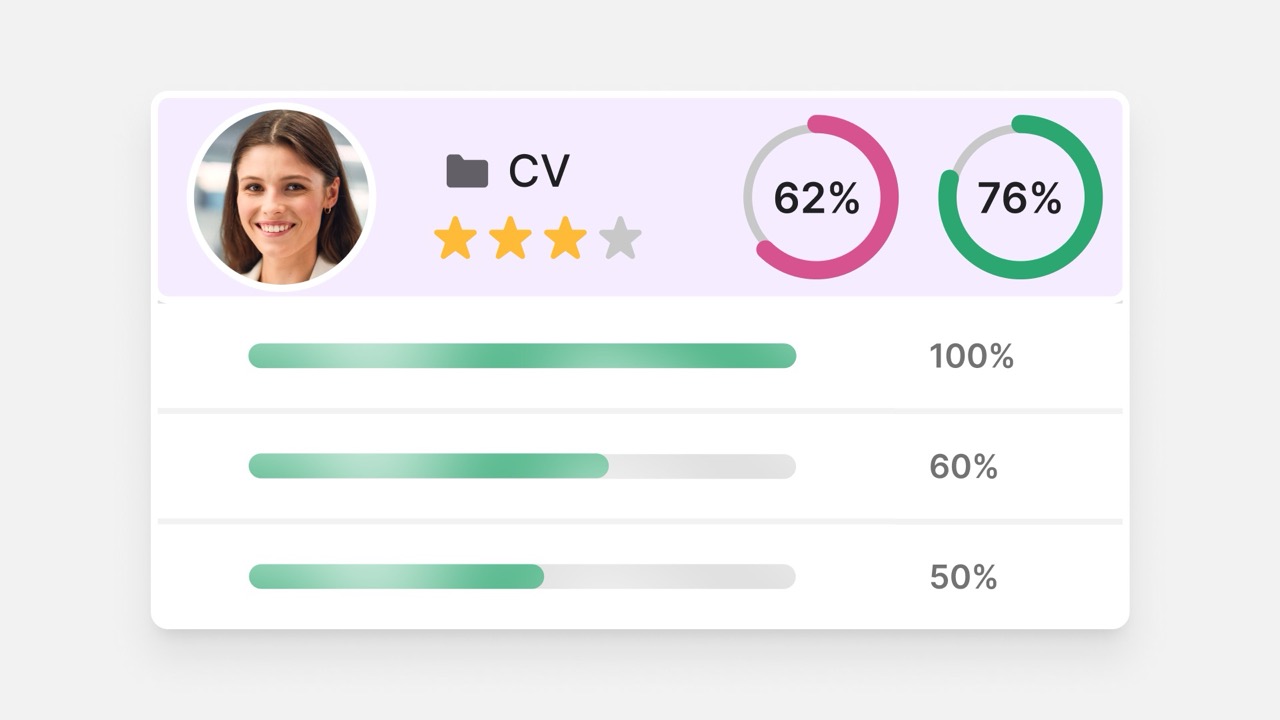Your employees are the key to business success. To get the most out of their talent, you need to ensure they are enjoying their time at work and satisfied with their progress. The good news for HR managers is that employee satisfaction can be achieved with a digital transformation with HR data. How?
Before we venture into what employee satisfaction looks like and the way to use HR data to improve it, it’s time to unpack a few statistics. The truth is that employee satisfaction metrics have changed in the recent month. McKinsey’s survey shows that the move to remote work during the pandemic has had a largely positive impact on employee satisfaction. Some employees are thriving in these new conditions while others might find it more challenging. Working from home has helped people remember the importance of work-life balance and find ways to obtain it. In another Deloitte survey, respondents who felt satisfied with their work during the pandemic often felt it was this type of positive work culture that helped them thrive.
Over the last year, we’ve all become so attuned to digital systems that the old ways of work can often feel outdated. So don’t stop at acceptable – be exceptional. Introduce digital transformation with HR data to your operational strategy and reap the benefits of employee satisfaction.
What is employee satisfaction?
But what does employee satisfaction mean? There are many ways to define it. When you talk about employee satisfaction, you are talking about how content employees are at work. This means the different elements at the workplace from the work they do, to how they are treated and so on.
Why does workplace satisfaction matter?
So employee satisfaction is about the levels of happiness employees feel. But does it really matter?
Employee satisfaction is important for a variety of reasons. Higher satisfaction can:
- Increase profitability
- Boost productivity
- Improve employee retention rates
- Attract more talent
In essence, you will have employees working who are happier and more satisfied. They want to give their all to your business and this will help your organization grow. You will save money and become better at attracting and maintaining talent which just feeds business success.
The main driver of employee satisfaction
Whether it’s new employees or individuals who have been with your company for years, making sure they are happy with their work-life has not always been the most straightforward process. For instance, we’re seeing more millennials enter the UAE workforce, and their employer expectations are vastly different from the last generation. They expect far more engagement, with greater benefits and a more digital experience.
The fact of the matter is that many organizations fail to see employee satisfaction in a complex web of things. Too often people think it’s only the money the employees care about. But salary is not the main driver of employee satisfaction. Time and again studies have pointed to somewhere different. The main drivers of actual employee happiness are:
- Company culture
- Organizational values
- Work-life balance
- Employee benefits (aside from salary)
The findings are clear: if you want to have happy employees, you need to build an organizational culture that cares about employee satisfaction. When it comes to providing the exceptional employee experiences that the new workforce demands, organizations must look to technology to provide HR, insurance, and employee benefits digitally – especially while some of us continue to operate in remote or hybrid work environments.
The benefits of measuring employee satisfaction
HR data can help you identify if your employees are satisfied at work. Your organization is already measuring many things and adding employee satisfaction to the metrics you monitor should be a top priority.
When you measure employee happiness, you get a better understanding of your existing company culture. You can identify the pain points you might have. You can adjust the way your organization operates and ensure you are doing the right things.
HR data to track employee satisfaction
But what kind of digital transformation with HR data should be at the heart of your operational strategy? There are three simple things you can do to improve employee wellbeing:
1. Make payroll management transparent
When it comes to getting paid any administrative errors can really damage employee trust, workplace wellbeing, and even company culture. Ensuring payroll is processed in the right way shouldn’t be something any employee needs to worry about. Historically, payroll processing has been very complex and often it consists of more than simply a fixed salary.
This has made many companies outsource their payroll process or use third-party vendors. However, doing so can result in errors and slow remediation. With every employee, regardless of their seniority, it’s critical to get this right in order to allow individuals to focus solely on what matters – their work.
Technology is enabling organizations to manage their payroll systems easily in-house so that any errors or sticking points are quick to solve. The most important thing is that workers have a completely seamless and satisfying experience. The digitization of the business world has meant that many employees deal with sensitive information and strict processes where they need to be laser-focused. Implementing this type of HR system is critical in ensuring they are happy at work and focused on the task at hand.
2. Get employees to be part of benefits management
Employee benefits are always an enticing part of the job. Getting these added perks makes even the toughest jobs satisfying, but as perspectives shift in a growing digital environment, it’s important that organizations offer employees a way to redeem their benefits – wherever they are.
The answer: a centralized system that enables employees to manage their work and health benefits whatever the day and from wherever they are. Maybe they have a family event on the horizon and need to quickly book some extra vacation time, or are looking for a certain aspect of health and wellness support. With technology, companies can ensure that their employees don’t have to worry about having 24-hour access to everything they need and that their focus at work is firmly fixed on getting up to speed in their new roles.
3. Empower HR teams with technology
Making sure that employees are happy in their jobs is a fundamental role of HR teams. These are our specialists in recruiting the best talent and enabling staff to work at their best, so empowering them with technology systems to ensure new employee satisfaction is high will allow organizations to maximize their return on their HR teams.
HR frequently spend up to 70% of their working day answering simple employee questions and solving problems related to benefits, instead of concentrating their efforts on more key strategic issues.
Give them easy access to real-time reports and information like attendance records, timesheets, policies, and training – everything HR needs to make informed decisions to enhance the new starter experience.
How Bayzat can help

Employee satisfaction is a key part of running a successful business. You can get started with simply digital transformation with HR data. With the help of technology, you can help employees enjoy the work they do. You can also ensure your HR professionals have time to tackle the big issues – you automate tasks that don’t require immediate focus.
Bayzat has a host of HRMS systems that can help from payroll to benefit management. At the core is our belief that happy employees are successful employees. We can help you unleash the power of your employees and direct their focus to the things that actually matter.
Get in touch with us today and let’s get started!







Get Social